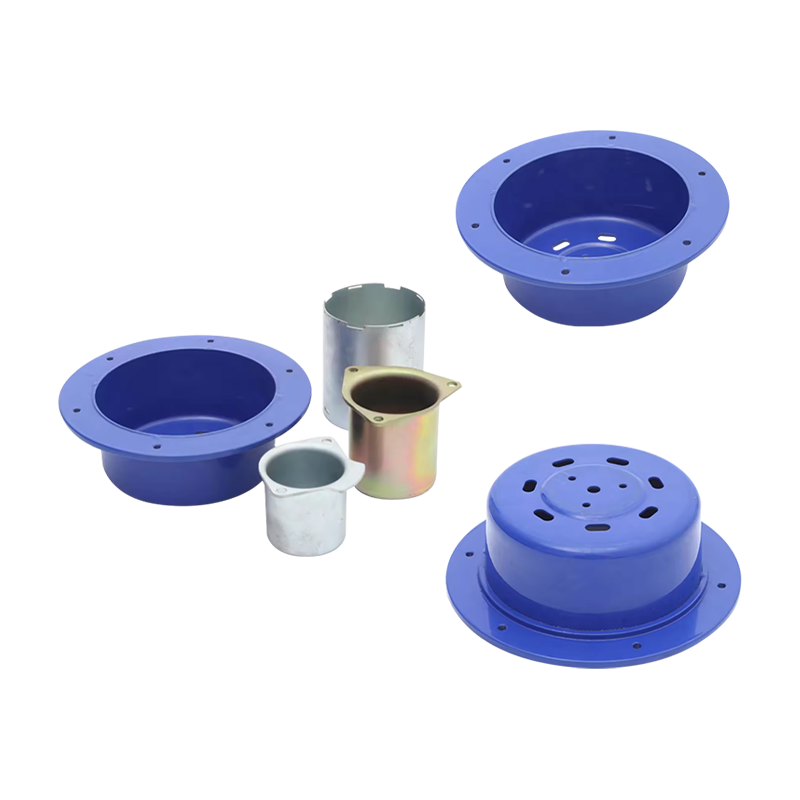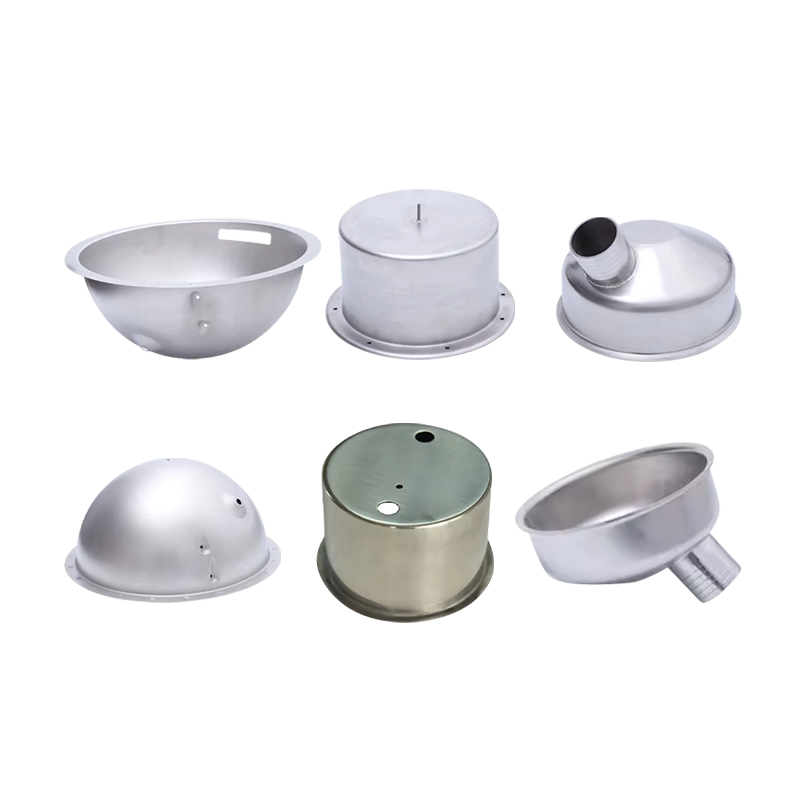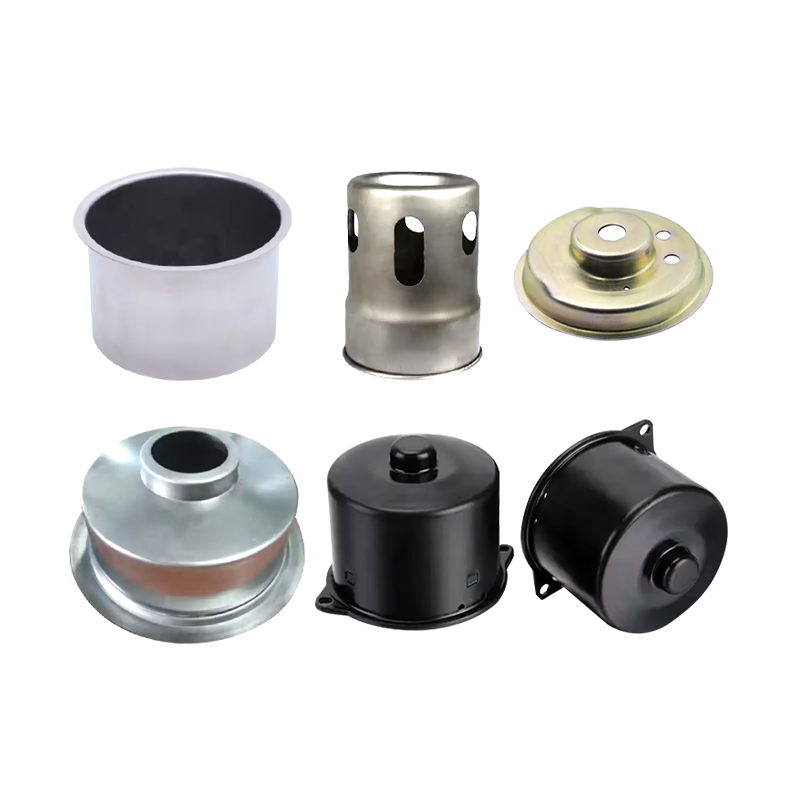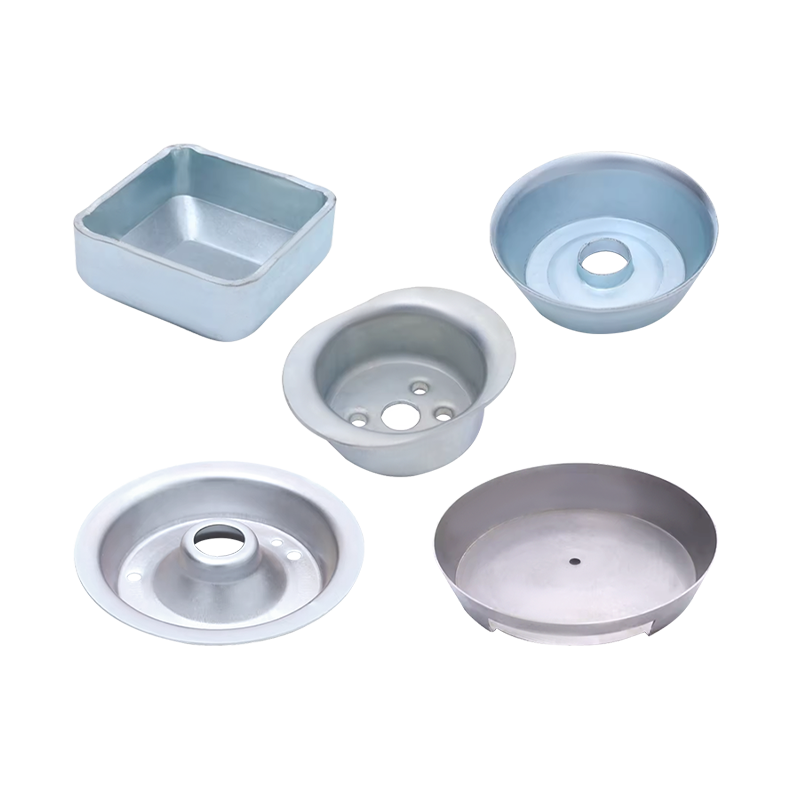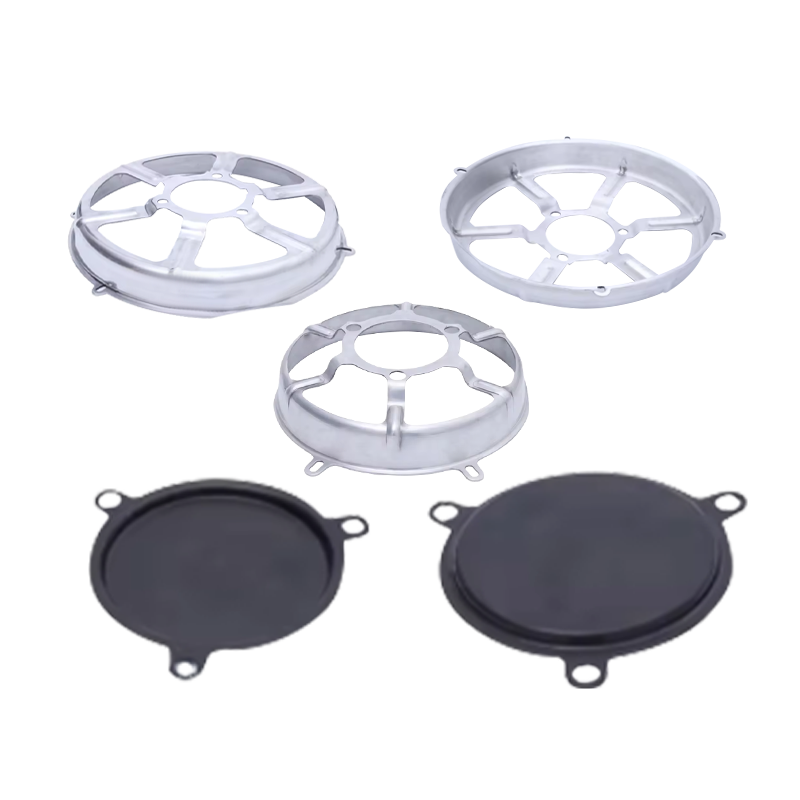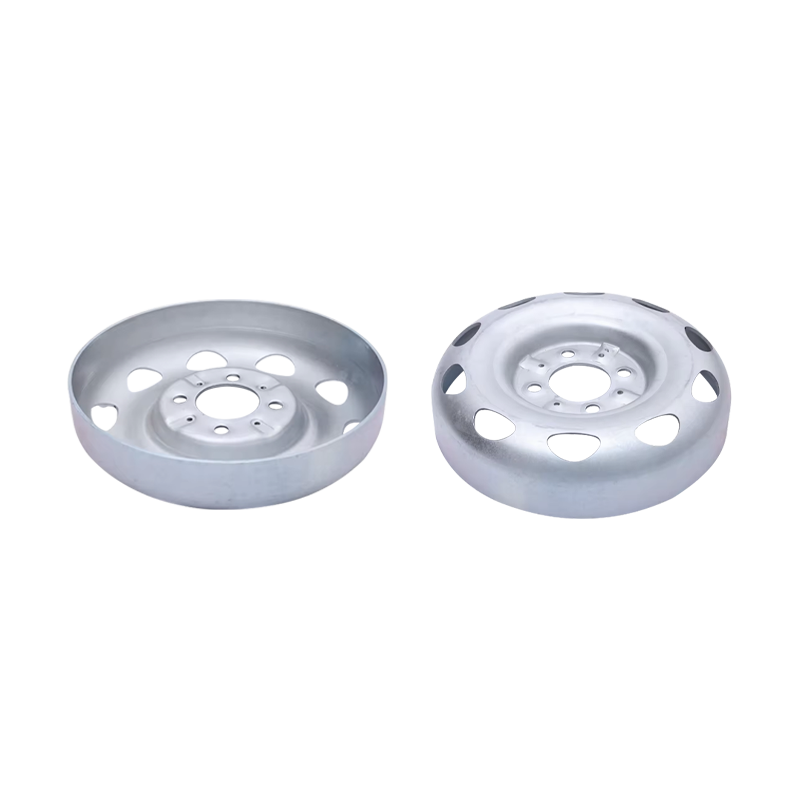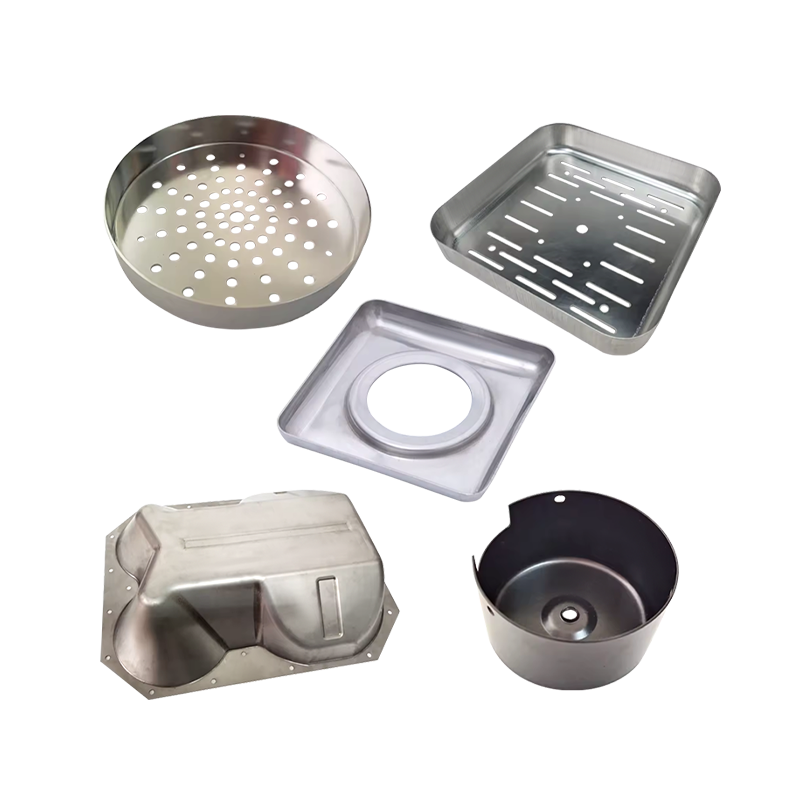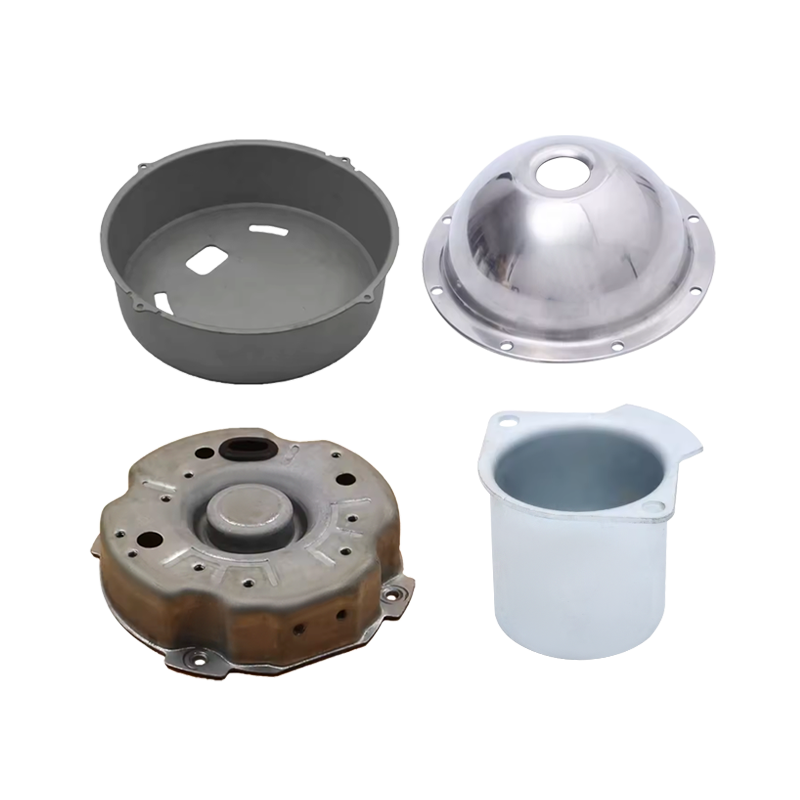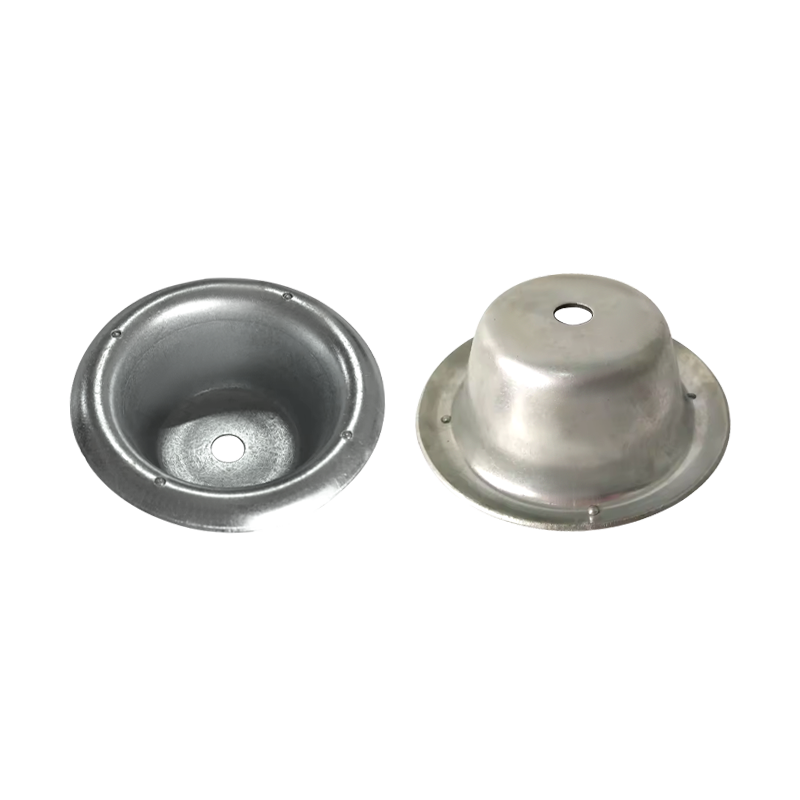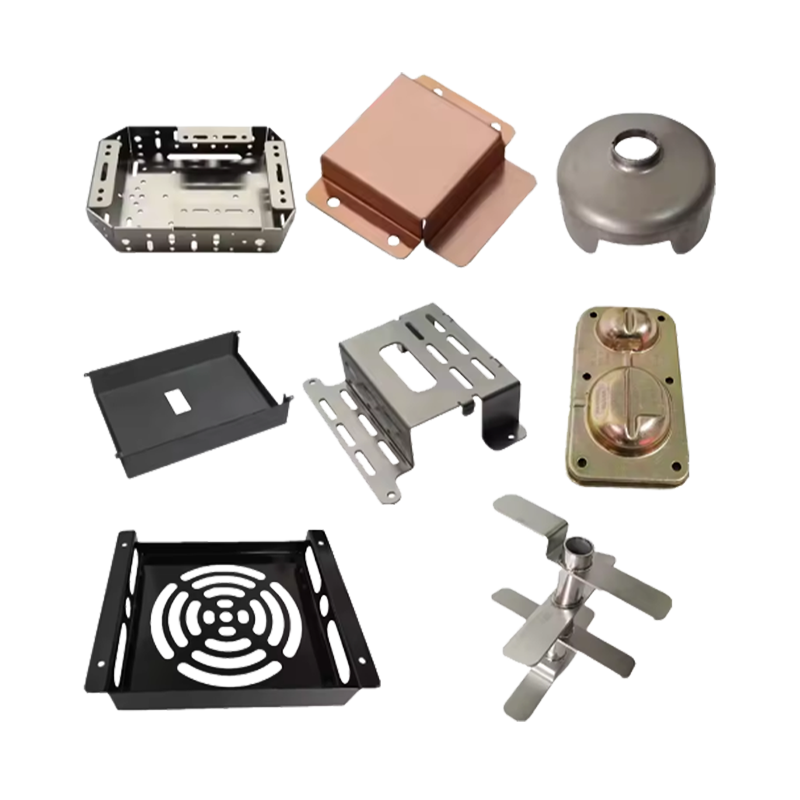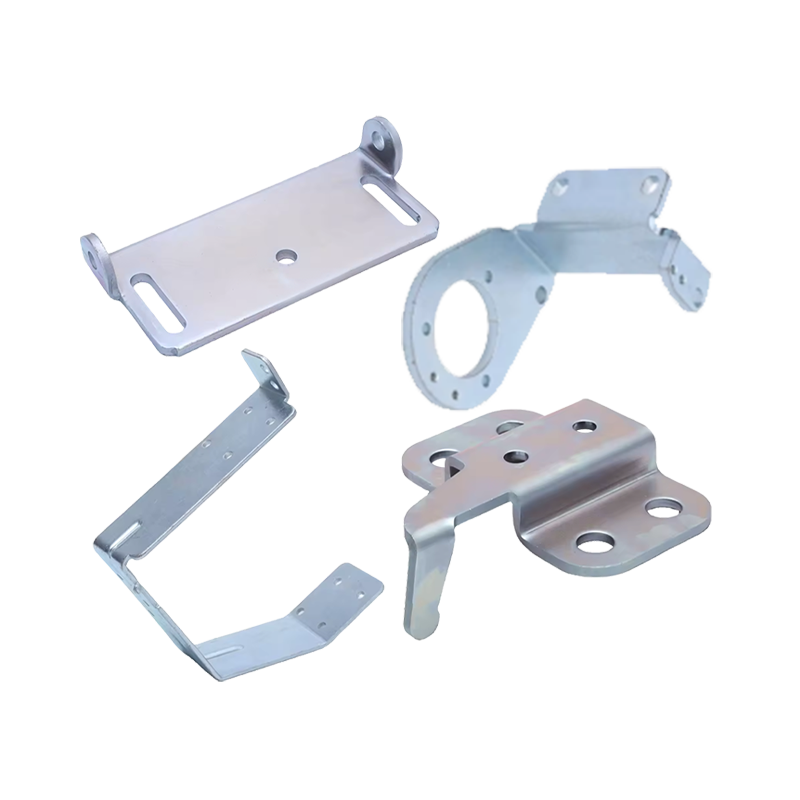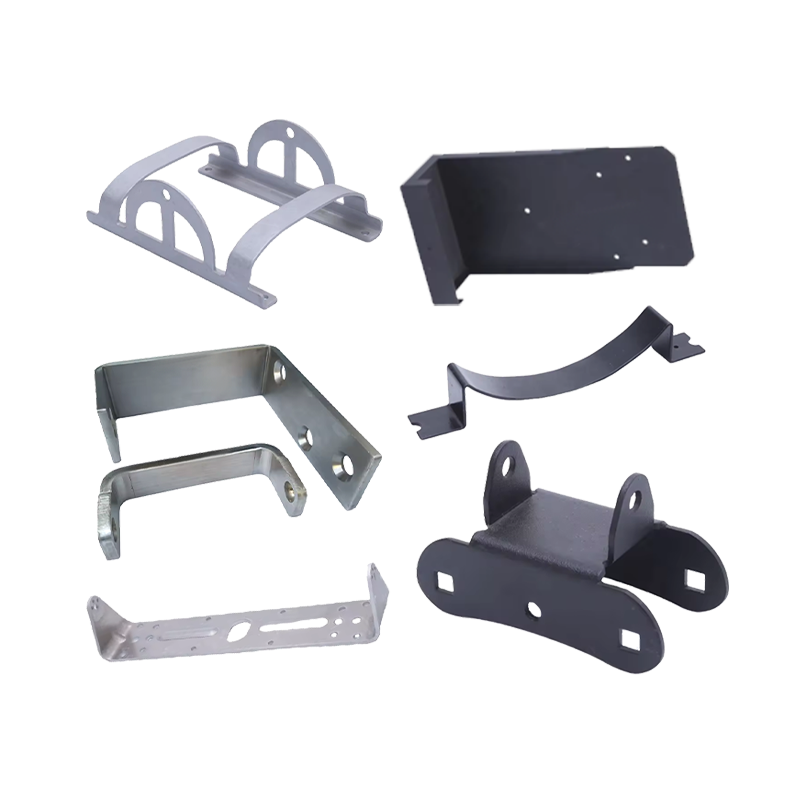Web Menu
Product Search
Exit Menu
News categories
RECENT POSTS
-
What are Metal Bending and Drawing Parts?
Dec 02,2025 -
Precision Deep Drawing & Metal Stamping Solutions | High-Volume Manufacturing Expertise
Dec 01,2025 -
Which Round Stainless Steel RV Small Cooker Sink With Glass Saves Space? Exploring Space-Efficient Solutions for Mobile Living
Nov 28,2025 -
When Selecting Metal Prts, How to Quickly Match the Mechanical Properties with Actual Application Scenarios?
Nov 21,2025 -
Guide to Selecting 304 Stainless Steel Pig Water Bowls: A Comprehensive Breakdown of Corrosion Resistance and Easy-Cleaning Key Points
Nov 14,2025
Metal Animal Drinking Bowls: Are Plastic Bowls Prone to Breaking and Hiding Bacteria? Can Metal Versions Solve Livestock Water Hygiene Issues?
Content
- 1 Why Do Plastic Livestock Drinking Bowls Struggle with Breakage and Bacteria?
- 2 What Makes Metal Animal Drinking Bowls More Durable Than Plastic?
- 3 Can Metal Drinking Bowls Really Reduce Bacterial Growth in Livestock Water?
- 4 Are Metal Drinking Bowls Suitable for All Types of Livestock?
- 5 Do Metal Drinking Bowls Have Any Downsides Compared to Plastic?
- 6 How Do You Maintain Metal Animal Drinking Bowls to Keep Them Effective?
- 7 Will Metal Animal Drinking Bowls Become the Standard for Livestock Farms?
For livestock farmers, providing clean, accessible water is critical to animal health and productivity—but the type of drinking bowl can make or break this goal. Plastic drinking bowls have long been common, but complaints about their fragility and bacteria buildup are widespread. Metal animal drinking bowls, often made of stainless steel or galvanized metal, are now gaining attention as a potential solution. But do they really fix the problems of plastic bowls? And can they truly improve livestock water hygiene? Let’s examine the facts, from durability to bacterial control.
Why Do Plastic Livestock Drinking Bowls Struggle with Breakage and Bacteria?
Plastic bowls’ flaws aren’t just minor inconveniences—they directly impact livestock health and farm efficiency. Two key issues stand out:
First, breakage from normal use. Most plastic bowls are made of lightweight polymers that crack or shatter easily. Livestock like cattle or horses may kick, step on, or chew the bowls; even smaller animals like sheep can damage them by rubbing against the edges. A 2024 survey of small-scale farmers found that plastic bowls needed replacement every 6–12 months, compared to 3–5 years for metal options. Frequent replacements add up in cost, and broken shards also pose a risk of injury to animals (e.g., cuts on hooves or mouths).
Second, bacterial buildup in crevices. Plastic is porous—even smooth-looking bowls have tiny gaps in their surface where water, feed residue, and animal saliva get trapped. These gaps are perfect breeding grounds for bacteria like E. coli and Salmonella, which cause digestive illnesses in livestock. Cleaning plastic bowls thoroughly is hard: scrub brushes often miss hidden crevices, and harsh detergents can degrade the plastic over time, creating even more spaces for bacteria. A study of dairy farms found that plastic bowls had 3x more bacterial colonies than metal bowls after the same cleaning routine.
What Makes Metal Animal Drinking Bowls More Durable Than Plastic?
Metal bowls’ durability comes down to their material properties and design—features that stand up to the rough conditions of livestock pens.
Stainless steel and galvanized metal are the most common choices, and both offer key advantages. Stainless steel is resistant to rust, corrosion, and scratches; it can withstand being kicked by cattle or dropped during cleaning without cracking. Galvanized metal (steel coated with zinc) adds an extra layer of protection against moisture, making it ideal for outdoor pens or rainy climates.
Unlike plastic, metal is non-porous and rigid. It doesn’t flex or warp when exposed to extreme temperatures (e.g., freezing winter water or hot summer sun), which is a common problem with plastic (plastic bowls often crack when water inside freezes). Metal bowls also resist chewing—even young calves or goats can’t bite through the material, reducing intentional damage.
Farmers report that high-quality metal bowls last 5–7 years with basic maintenance (e.g., wiping down after use, occasional rinsing with mild soap). This longevity means fewer replacements, lower long-term costs, and less waste compared to plastic.
Can Metal Drinking Bowls Really Reduce Bacterial Growth in Livestock Water?
Yes—metal’s non-porous surface and easy-to-clean design make it far better at preventing bacterial buildup than plastic. Here’s why:
First, no hidden crevices for bacteria. Metal bowls have smooth, seamless interiors (many are molded in one piece) that leave nowhere for residue to hide. When you rinse or scrub a metal bowl, water and detergent can reach every surface, removing nearly all food particles and saliva. Laboratory tests show that after standard cleaning, metal bowls have less than 10% of the bacterial colonies found on plastic bowls of the same size.
Second, some metals have natural antibacterial properties. Stainless steel, in particular, contains chromium, which reacts with oxygen to form a thin, invisible layer on the surface. This layer repels water and inhibits bacterial growth—even if the bowl isn’t cleaned immediately after use. Galvanized metal doesn’t have this same property, but its smooth surface still makes it harder for bacteria to cling compared to plastic.
Reduced bacteria means healthier livestock. Farms that switched to metal bowls reported a 25% drop in cases of digestive illness among cattle and sheep, according to a 2025 agricultural study. Healthier animals gain weight faster, produce more milk (for dairy cows), and require fewer vet visits—directly boosting farm productivity.
Are Metal Drinking Bowls Suitable for All Types of Livestock?
Metal bowls are versatile enough to work for most livestock, but small design tweaks make them even more effective for specific animals.
Cattle and horses: Large, deep metal bowls (15–20 inches in diameter) with heavy bases prevent tipping. Some have rubberized bottoms to grip the ground, even when a cow pushes against the bowl while drinking.
Sheep and goats: Smaller, shallower bowls (8–12 inches) are easier for these animals to reach. Many have rounded edges to avoid cutting their delicate mouths.
Poultry: Low-profile metal troughs (instead of bowls) work best for chickens or ducks, as they let multiple birds drink at once. These troughs are often designed with drainage holes to prevent stagnant water.
Pigs: Heavy-duty galvanized metal bowls are preferred, as pigs are more likely to root at the bowl or push it around. The zinc coating resists the acidity of pig saliva, which can corrode other metals.
The only exception is very small animals like newborn lambs or calves—they may need smaller, plastic-lined metal bowls (to avoid chilling their mouths in cold weather) until they’re large enough for standard metal bowls.
Do Metal Drinking Bowls Have Any Downsides Compared to Plastic?
Metal bowls aren’t perfect—they have a few minor drawbacks, but most can be addressed with simple solutions.
The biggest concern is cost: metal bowls are more expensive upfront than plastic (often 2–3x the price). But as mentioned earlier, their longer lifespan means they’re cheaper over time. For example, a $30 metal bowl that lasts 5 years costs $6 per year, while a $10 plastic bowl that lasts 1 year costs $10 per year.
Another issue is heat and cold conductivity: metal gets hot in direct sunlight and cold in freezing temperatures. In summer, this can warm the water (livestock prefer cool water), and in winter, it can make the bowl’s edges cold to the touch. Solutions are easy: placing bowls in shaded areas in summer, or adding a floating heater (for water, not the bowl itself) in winter to prevent freezing.
Some farmers worry about rust, but this is mostly a problem with low-quality metal. Choosing food-grade stainless steel or thickly galvanized metal eliminates rust risk, even with daily exposure to water.
How Do You Maintain Metal Animal Drinking Bowls to Keep Them Effective?
Maintaining metal bowls is simple—far easier than plastic—and takes just a few minutes per day:
Rinse daily: After feeding, rinse the bowl with clean water to remove leftover feed or saliva. This prevents residue from drying and sticking to the surface.
Scrub weekly: Use a soft-bristle brush and mild soap (avoid abrasive cleaners, which can scratch the metal) to scrub the bowl’s interior and exterior. For tough stains, a mixture of vinegar and water works well and is safe for livestock.
Check for damage: Every month, inspect the bowl for dents, scratches, or rust spots. Small dents are usually harmless, but deep scratches can create spaces for bacteria—if this happens, sand the area gently to smooth it out.
Empty stagnant water: If the bowl isn’t connected to an automatic waterer, empty and refill it at least twice a day. Stagnant water (even in metal bowls) can attract mosquitoes and grow algae.
With this basic maintenance, metal bowls stay clean, durable, and effective for years.
Will Metal Animal Drinking Bowls Become the Standard for Livestock Farms?
As farmers prioritize animal health, cost-efficiency, and sustainability, metal drinking bowls are likely to replace plastic as the industry standard.
Two trends support this shift: first, growing awareness of how plastic affects livestock health (and thus farm profits). Bacterial illnesses from dirty plastic bowls cost farmers thousands of dollars annually in vet bills and lost productivity—switching to metal reduces these costs. Second, sustainability: metal bowls are recyclable at the end of their lifespan, while plastic bowls often end up in landfills (many are too damaged to recycle).
Small-scale farmers, in particular, are adopting metal bowls faster than ever. A 2025 survey found that 68% of small livestock farms now use metal drinking bowls, up from 32% in 2019. As more farmers share positive experiences (e.g., fewer sick animals, lower replacement costs), this number will only grow.
The answer to “Can metal animal drinking bowls solve livestock water hygiene issues?” is clear: yes. By eliminating plastic’s breakage and bacteria problems, metal bowls improve animal health, reduce costs, and make farm operations smoother. While they cost more upfront, their durability and hygiene benefits make them a smart investment for any livestock farmer. For those tired of replacing cracked plastic bowls or dealing with sick animals from contaminated water, metal bowls offer a simple, long-term solution.
What Surface Preparation Is Needed Before Applying Powder Coated Steel Parts? Step-by-Step Guide
How to Avoid Wrinkling and Cracking in Stainless Steel Deep Drawing Parts Production?
related products
Whether you want to become our partner or need our professional guidance or support in product selections and problem solutions, our experts are always ready to help within 12 hours globally
contact UsPhone:+86 139-5824-9488
FAX :+86 574-86150176
E-mail: [email protected] [email protected]
Address: Unit 2, Building 19, Zhichuangzhizao Park, Chengdong Industrial Zone, Xiangshan, Ningbo,315705, Zhejiang, China

 English
English 中文简体
中文简体 Español
Español